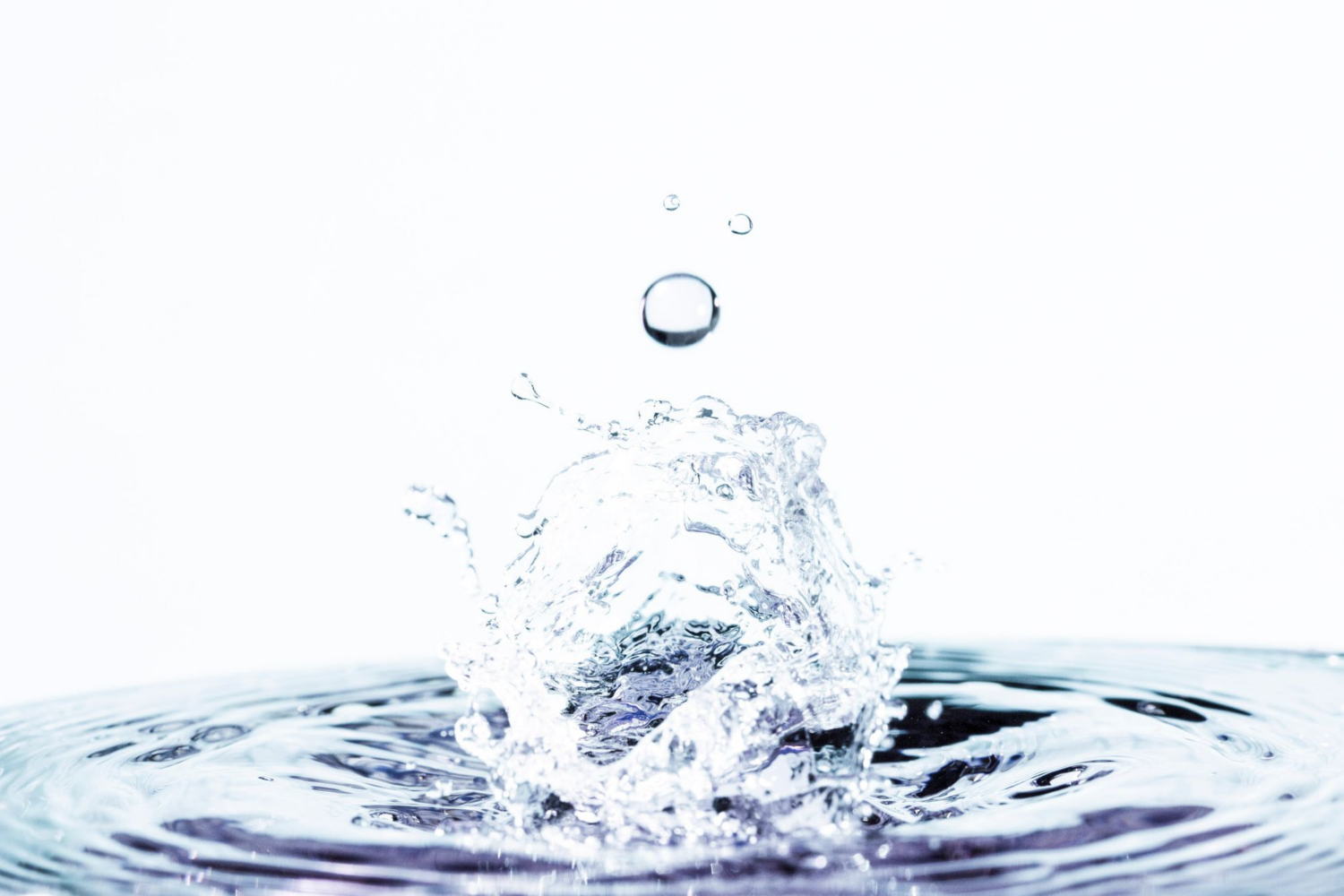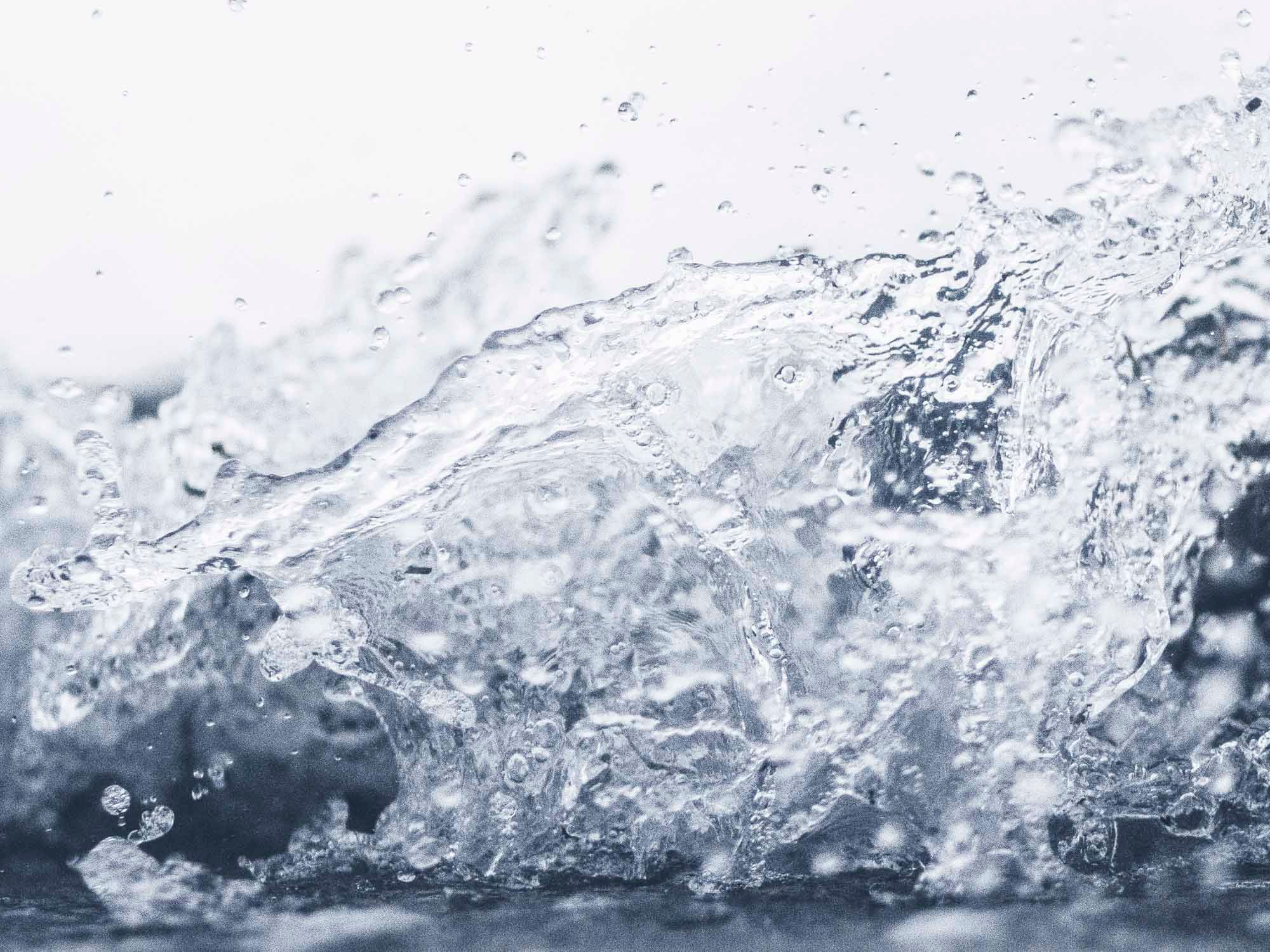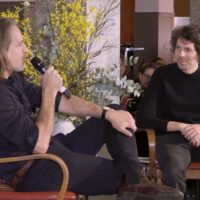The science of homeopathy was introduced in 1810 by the German doctor Samuel Hahnemann. In the interim 213 years, thousands of doctors have researched and applied it in the most varied of cases, and, as a result, numerous case studies elaborate on its effectiveness. Nevertheless, we still read statements like this one from a science advisory council: “There are no known diseases for which there is reliable evidence that homeopathy is effective.”1
In light of such statements, the Hungarian Anthroposophical Society and the Triangulum Foundation for Social Renewal, with the participation of several Hungarian physicists and mathematicians, began a research project in 2022 to study the storage and data capacity of water from the perspective and with the means of quantum physics. In other words, they tried to look at the most important questions of homeopathy from a new point of view, with a method recognized by science today. The results of the research were summarized in a paper of several hundred pages, but in view of the ongoing importance of the subject, the researchers prepared a shorter summary for the public, which appeared in AntropoSophia, the journal of the Hungarian Anthroposophical Society. Here are some of those core insights, in English.
Rudolf Steiner conveys something inspiring to us: “The substances that are administered allopathically to the human organism will become, in a certain sense, if I may use this expression, ‘homeopathisied’ through it, meaning that internally we ourselves undergo the same process that the homeopathic pharmacist achieves though their experiment with their substances.”2
In the afore-mentioned advisory paper by the EASAC, under the heading “Scientific implausibility of claims,” it is written that “many homeopathic remedies are prepared from substances that have been diluted so many times that none of the original substance remains.” It goes on to say that there is no convincing evidence for the existence or working of what is known as “water memory.”
Quantum theory reveals that behind material phenomena lies a layer of phenomena that is immaterial and that cannot be apprehended through our five senses—the measurable scope of material phenomena is a quasi-projection or impression of these in matter itself. In addition, research in quantum theory over the past 25 years has shown that liquid water is not an unstructured medium of isolated or loosely and temporarily connected water molecules. It was found that at room temperature, some water molecules (27%) organize themselves into tiny spheres that oscillate collectively.
In 1955, Willis Lamb received the Nobel Prize for his recognition that a vacuum is not “empty” but, instead, is an energy-charged, living, pulsating sea which is in interaction with the charged particles. Therefore, the electrons and protons in molecules do not simply reside in a vacuum, but rather, in the course of their interaction with the vacuum, they absorb and emit energy quanta (photons.) In the case of water molecules, this interaction with the vacuum energy results in the water molecules sensing and attracting each other and ultimately organizing themselves into water spheres called “coherent domains.” The co-oscillating water spheres are not only stable but also tend to connect to one another and form chains or structures. In these water spheres, nearly 20,000 water molecules can oscillate together; they behave as a single, quantum-like object.

These formations are just as stable as a single water molecule, which does not decay further into hydrogen and oxygen gases. Since inter-connectivity is more energy efficient than staying separate, the structure of the connected water spheres, which are exchanging energy with one another, will stabilize—thus, they do not decay over time. Researchers intend to use these stable water sphere chains to, for instance, build quantum computers.3 Writing into and reading information from the structure of water spheres is done by water-diluted salt ions, which, in alliance with the Earth’s magnetic field, are able to rotate and oscillate together with the electromagnetic field.
These water spheres seem to possess a unique property: as if enveloping the active molecule of life, they surround the DNA, enzymes, and proteins in all living beings and unite them into a communication network.4 Why is this significant? According to the current science of microbiology, circa one million genetic errors occur in the human organism every day. Enzymes continually scan the chromosomes, and upon detecting an error, another enzyme opens the double strand, a third one replaces the damaged base, and another one readjusts the double-stranded DNA. Thus, a coordinated effort of enzymes and other biomolecules is active in every thousandth of a second of our lives, or we would not survive. How could such an incredibly orchestrated order of so many complex processes have evolved? Following the research in quantum theory, it seems that chains and networks of small water spheres connect these molecules and might be responsible for conveying information to them about what and exactly when they need to do something. We can say that water seems to be much more than a mere solvent, as had been previously assumed.
Nevertheless, not all molecules have the capacity to join this matter-imprinted information network that encompasses life, since this connectivity sometimes demands additional or specific amounts of energy. It is a known phenomenon in quantum physics that a molecule cannot be excited by an arbitrary quantity of energy. Similarly, a system of water-spheres that consist of water molecules cannot spontaneously incorporate a random guest molecule, as that act requires energy input. So what happens to these guest molecules, these substances, in water?
Dr. Hahnemann took the ultra-diluted remedies he mixed to his patients in a horse-drawn cart. He discovered that those patients who lived farther away recovered better and faster. After numerous experiments, he arrived at the conclusion that the rattling of the cart mattered—the shaking had somehow potentized the remedies and enhanced their effectiveness. Today, we are aware that in the process of shaking, small vortices and tiny bubbles are created in a solution. When the bubbles collapse, they develop extremely high temperatures, ranging from 10,000–20,000 Kelvin degrees—a phenomenon called “cavitation.” Cavitation energy disperses rapidly in the solution and can offer the energy that assists a random molecule or active agent in joining the quantum network of the water sphere chains. Information carried by a certain active agent can, therefore, indeed, be imprinted and kept in water. When this imprinted information enters into interaction with a similar information structure in a living organism, this information can be transferred to the organism itself.
Yet, beyond the above elaborations, is there any proof that diluted solutions with no remaining traces of a single active agent molecule are still capable of having an impact on physiological processes? Reviewing publications from recent years, we find substantial evidence. In one botanical study, for example, researchers examined the effect of extremely highly diluted silver nitrate on the germination of winter wheat.5 Normally, silver nitrate in high doses is known to inhibit germination. The researchers prepared homeopathic dilutions in 1:10 steps to get D24, D25, and D26 potency solutions—these are the dilutions after which no more molecules of the original active substance are present in the solution. They found that in comparison with pure water, these ultra-diluted “remedies” significantly promoted germination. This is in line with the phenomenon of hormesis, that is, stimulation by a small dose of toxic substance, that has been known and accepted in the science of physiology since 1888. Moreover, they demonstrated that if the potentized remedy was enclosed in a hermetically sealed capsule, i.e., the homeopathic remedy did not come into contact with the water surrounding the wheat grains, the remedy still had the capacity to enhance germination. In terms of conventional thinking, the results of these experiments are incomprehensible. Within the realm of quantum theory, the glass capsule containing the remedy had itself become part of the whole and, as such, had become connected to the network of water spheres.
To sum up the outcome of our year-long research, we established that water seems to be able to carry and store information, as well as to transmit the specific oscillation pattern of an active agent to a living organism, even if not a single molecule of the original substance remains in the remedy. At the same time, the research raised a number of questions worthy of deeper investigation in the future. The gaps between the perceived reality of physical and life phenomena can be bridged by the observing and thinking human being! During the process, we had the extraordinary experience that the more we attend to rhythm and each little stir of life, the more devotion awakens inside us toward all things extant in us and in the world.
More TRIANGULUM Foundation for Social Renewal
Photo Samara Doole
Footnotes
- From the European Academies Science Advisory Council (EASAC) Statement on homeopathy. See also: Magyar Tudományos Akadémia közleménye, Homeopátia: hasznos vagy ártalmas? Új állásfoglalás európai tudósoktól, [Hungarian Academy of Science: Homeopathy: Beneficial or Harmful? A new stance by European scientists,] 2017.
- Rudolf Steiner: Anthroposophy and Contemporary Science, GA73a. Answers to Questions, Dornach, 30, March 1920.
- Luigi M. Caligiuri: Quantum (hyper)computation through universal quantum gates in water coherent domains, Journal of Physics: Conference Series, vol 2162, 013003, 2022.
- Emilio Del Giudice and Alberto Tedeschi: Water and Autocatalysis in Living Matter, Electromagnetic Biology and Medicine, vol 28, p.46-52, 2009.
- W. Pongratz és P.C. Endler: Reappraisal of a Classical Botanical Experiment in Ultra High Dilution Research. Energetic Coupling in a Wheat Model: published in the book Ultra High Dilution Physiology and Physics, ed.: P.C. Endler and J. Schulte, Springer-Science+Business Media, B.V., 1994.














A couple of related riddles: If we read Hauschka’s The Nature of Substance, we discover that when we kill living water, the molecules are basically “corpse”. Logically, if we apply forces to the molecule, the “debris”, such as an “Atom” is a corpse of a corpse. Smash those debris in a hadron super collider, and we get “what”? Steiner was of the view that the problem was our “Idea” of the atom. Georg Unger was of the view that at a certain level physics meets a boundary where something on the order of “magic” is involved. Steiner also spoke of the elementals, the fire, air, water, earth peoples. On a certain level, the “quantum” idea is born out of Heisenberg’s Uncertainty Principle, which contains a logical fallacy: that our inability to measure both velocity and position at the same time means “Nature” owns the effect, rather than realize this phenomena is an effect of a failure of our instruments. Einstein said something on the order of “God does not play dice with the universe. It took a MIT engineer to see the folly of theoretical physics. His book is called “God Does Not Play Dice”. His essential argument is that there is always an empirical result, even if we can’t find it. One of Steiner’s intriguing indications concerns the “tetrahedron”. If we use our projective geometry imagination, we can move the four planes of triangles inwardly where they disappear into a dimensionless point. If we imagine the opposite, that is we expand them to the cosmic periphery, we discover – via pure thinking – the source of the elemental kingdoms. Recalling Steiner’s four Globes: Saturn, Sun, Moon, and Earth, we find in the warmth of Saturn the Fire/will beings, and with the Air/intellect beings we experience radiating nature of the Sun. With the Moon stage, we get the Water/feeling beings, following which we get the Earth/conscious beings. Now this not to say that the work outlined in this article is “Wrong”. Rather … the “ideas” we borrow from modern theoretical are very limited, mostly because they deny the Father and the Son – i.e. the anti-Christ spirit as pointed to in the first two letters of John. https://thecollectiveimagination.com/some-of-joel-wendts-writings-on-the-science-of-the-future/